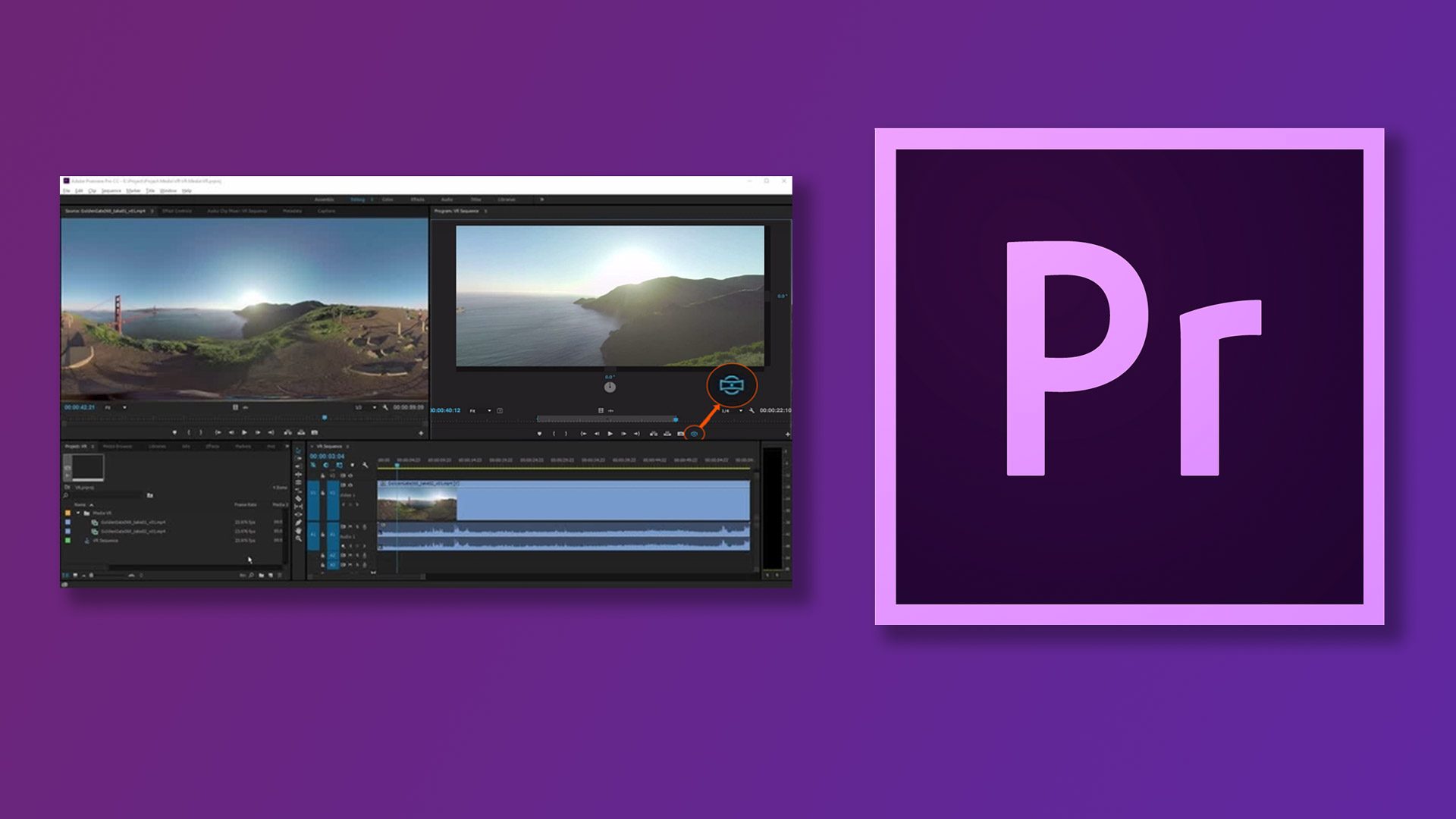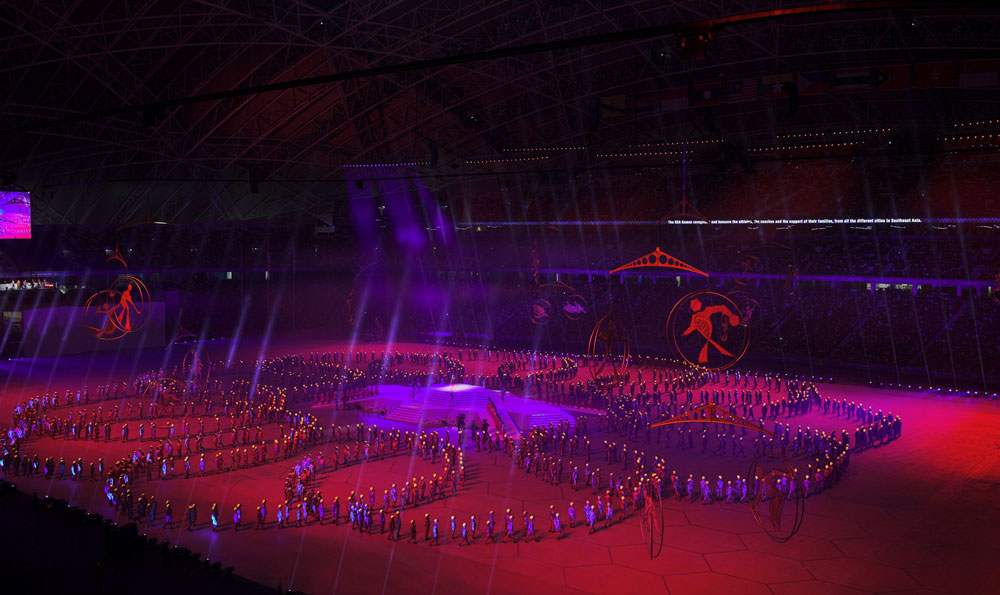Lighting Visualisation Software For Mac
Basic excel for mac tutorial. Mac users interested in Lighting visualization programs generally download: iMol 0.40 Free iMol displays the structure of chemical substances at their molecular level. MagicVis is available in two variants - as part of MagicQ on Windows/Mac/Linux or as a stand alone application for use on your laptop for connecting to a MagicQ console via network. Data in Show File Rendering of positions, colours, strobing, iris, zoom, gobos and gobo rotation - all based on MagicQ's extensive personality library.
Few questions for mac. • • • With a newly updated article on a popular topic at On Stage Lighting, we look at stage lighting design software and CAD options when it comes to planning and communication in our lighting world in an extended Guide To Choosing Stage Lighting Design Software. *Subscribe to get more CAD video resources at, including tutorials on. Uses Of Software In Lighting Design Whilst being no stranger to scribbling a lighting plan on the back of a tour schedule with a biro (usually as the first few rigging boxes are coming out of the truck), you may want to present your ideas and technical information in a clear and more professional way. As the complexity of the design increases so does the number of people involved in making it all happen and the consequences of a planning or communication mistake. If you have ever swapped out more than 150 Source Four Par lenses from a massive 20” box truss trimmed at a height of 7m because the LD should have specified ‘wides’, then you’ll know the cost of shoddy calculations.
 Adobe premiere pro cs6 free download - Adobe Premiere Pro CC, Adobe Premiere Pro trial, Adobe Premiere CS Update, and many more programs. Adobe Premiere Pro CS6 6.0 for Mac can be downloaded from our website for free. The most popular version of the software is 6.0. The most popular version of the software is 6.0. Adobe Premiere Pro CS6 for Mac relates to Audio & Video Tools.
Adobe premiere pro cs6 free download - Adobe Premiere Pro CC, Adobe Premiere Pro trial, Adobe Premiere CS Update, and many more programs. Adobe Premiere Pro CS6 6.0 for Mac can be downloaded from our website for free. The most popular version of the software is 6.0. The most popular version of the software is 6.0. Adobe Premiere Pro CS6 for Mac relates to Audio & Video Tools.
Using a computer to help the lighting design process has many advantages over traditional hand drawn lighting plans and manually collated data methods. These range from A for Accuracy all the way to Z for, well, Z: The 3rd dimension in 3D CAD modelling (a useful part of getting those calculations, angles and distances right). There are also great possibilities in digital storage and collaboration, reuse of previous hard work and just generally getting a computer to take the donkey work of repetition or maths when planning lighting design and system.
The pitfalls to using software in lighting design are similar to the use of computers for any other purpose. The dangers of digital file storage, crashes or file compatibility are familiar to most in the modern world, along with the steep learning curve required to be able to work as effectively using the software as with paper and pencil. Even in an age of seemingly “free everything”, the cost of owning and updating specialist CAD software must be a consideration, particularly with the most comprehensive packages. We will also look at some software with extremely specific uses with which the cost of ownership must be weighed against the amount of actual use for a given user.

This article will refer to this use of digital software tools as CAD in the “Computer Aided Design” sense, as not all the tools available to us a lighting designers are used for drafting. It will consider specialist stage lighting software, and also look at more generic applications that can be used for parts of the design process. What Do We Need From The Software? Different users require different functionality from their lighting software along with things that are important or workflow areas that have to be easier than others. Let’s look some possible requirements: • Drawing and presenting lighting plans (or light plots, if you are in the US) • Creation and sharing of lists such as equipment inventories, gel cuttings lists, cable allocations etc. (a relevant US term would be Shop Orders) • Noting of data and, as important, changes such as cue lists, focus notes, equipment shortages. • Calculation and communication including power requirements, circuit information, weight loadings.